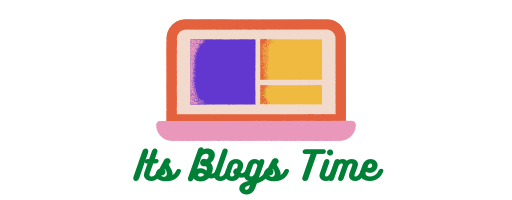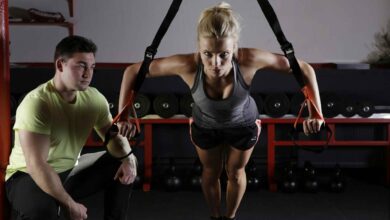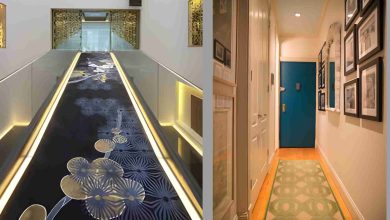A company’s employee uniforms play an important role in representing the brand and culture. Thoughtful design of uniforms can boost morale, professionalism, and unity amongst staff. When creating or updating uniforms, business owners should consider several key factors to find the best options for their needs. This article explores seven critical considerations when designing employee uniforms to help business owners make informed decisions.
1. Choosing Quality Fabrics
The fabric and materials used for uniforms impact durability, comfort, and presentation. High-quality, durable fabrics that withstand frequent washing are ideal for uniforms that will be worn daily. Breathable, stretchy fabrics allow freedom of movement for employees in active roles. The fabric color, print, and texture should align with the company’s brand identity. Prioritize fabrics that will keep employees comfortable in their day-to-day work.
2. Customization Options
Offering custom sizing and design features allows uniforms to properly fit each employee. Seek suppliers that provide full customizable products to suit your company’s needs. Custom logo placement and name/title embroidery offers a personalized touch. Give employees a choice of styles, colors, and fit to improve satisfaction. Customization makes employees feel valued and gives them some control over their work attire.
3. Supplier Relationships
Developing strong relationships with uniform suppliers is beneficial for seamless ordering and delivery. Seek suppliers that offer customizable products, have reliable production capacity, and provide outstanding customer service. Ask trusted business contacts for supplier referrals. Vet potential vendors thoroughly and order samples before committing.
4. Brand Messaging
Employee uniforms act as moving billboards for a company’s brand. Consider using them as an opportunity to express your brand identity and values through elements like logo, color scheme, text, and design. Maintain consistent branding on uniforms across all employees and locations. Using uniforms to display branding can increase brand awareness and shape customer perceptions. However, avoid overly intrusive placements that may detract from employee comfort.
5. Job Functions and Safety
Consider the roles employees will be in while wearing the uniforms. Uniforms for customer-facing positions may prioritize presentation more than those worn behind the scenes. Uniforms for manufacturing, construction, and other hands-on jobs should emphasize safety and functionality. Choose durable fabrics and include protective features like reflective stripes, pocket protection, and sturdy footwear. Ensure uniforms meet industry safety standards for the job.
6. Budget Constraints
Employee uniforms represent a significant investment. Set a budget for uniform costs based on number of staff and frequency of replacement. Consider cheaper fabrics or a minimalist design if budget is a major concern. Find the right balance between quality and affordability.
7. Accessibility and Inclusion
Design uniforms inclusively to account for diverse body types, abilities, religions, and identities amongst staff. Accommodate needs like modest styles or pants for religious reasons. Make sure sizing is flexible and shoes/accessories work for various needs. Consult with employees throughout the design process. Uniforms should make all employees feel valued, comfortable, and empowered.
With some forethought and input from employees, business owners can develop uniforms that properly represent their brand while keeping employees satisfied and comfortable. Considering these key factors allows companies to maximize the impact of their employee uniforms. The most effective uniforms align with company values while optimizing function and presentation.
Please explore our site for more exciting content if you like this article.





